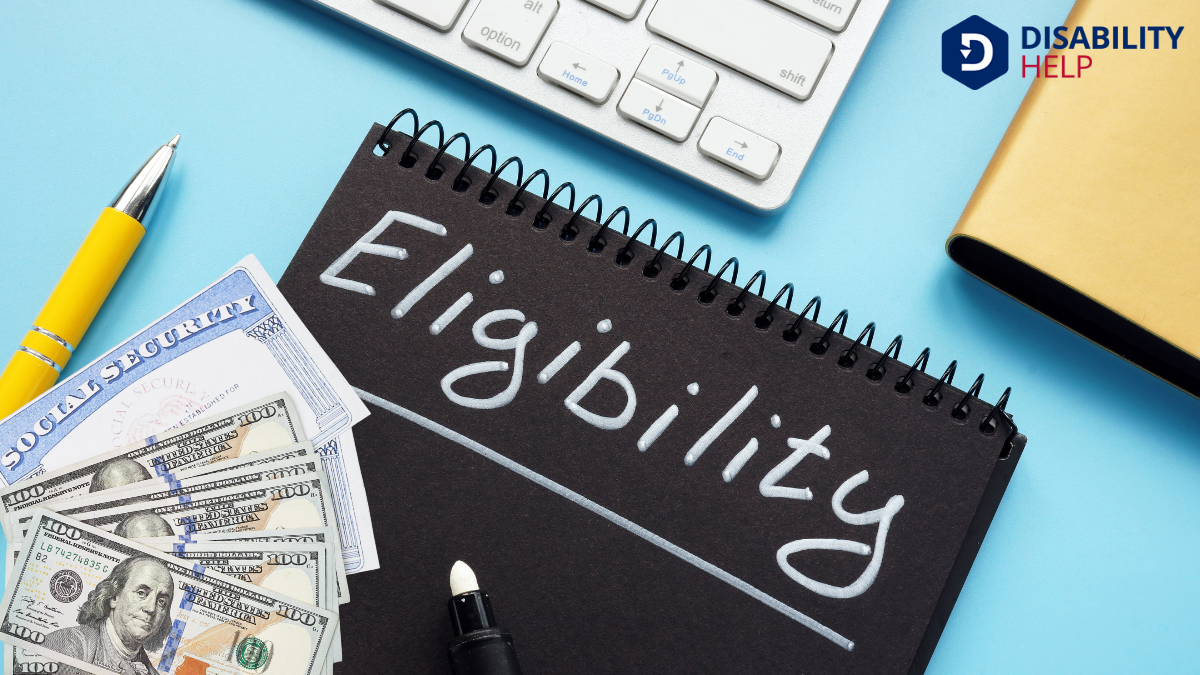We've all wondered whether it's possible to receive back pay from both SSI and SSDI at the same time. It turns out, under certain conditions, it is indeed feasible. However, the way back pay is calculated and distributed differs between these two programs. Understanding these distinctions can help us determine what we're eligible for and guarantee we don't miss out on any benefits. Curious about how this works? Let's explore the nuances together.
Key Takeaways
- Yes, individuals can receive back pay from both SSI and SSDI if eligible for both programs.
- SSI back pay is typically disbursed in installments based on financial need.
- SSDI back pay is often provided as a lump sum based on the disability onset date.
- Overlapping eligibility months may impact the amount of SSDI back pay received.
- Proper documentation and understanding eligibility criteria are crucial for receiving both back pay benefits.
Understanding the Differences Between SSI and SSDI
While traversing the complexities of Social Security benefits, it's essential to understand the differences between Supplemental Security Income (SSI) and Social Security Disability Insurance (SSDI)A U.S. government program that provides financial assistance to individuals who are unable to work d....
Both programs assist individuals, but they serve different purposes and have distinct eligibility requirements. SSI provides financial aid to individuals with limited income and resources, regardless of their work history. It's a needs-based program aimed at helping aged, blind, or disabled people.
On the other hand, SSDI supports those who've contributed to the Social Security system through payroll taxes. It's based on work credits accrued over time.
Understanding these distinctions helps us navigate the system more effectively and determine which benefits best suit our needs.
Let's make certain we're equipped with the right information to make informed decisions.
Eligibility Criteria for SSI and SSDI Back Pay

When seeking SSI and SSDI back pay, we must first meet specific eligibility criteria for each program.
For SSI, eligibility depends on our financial situation. We need limited income and resources, and we must be aged, blind, or disabled. The Social Security Administration (SSA) evaluates our financial resources to confirm we qualify for benefits.
For SSDI, eligibility hinges on our work history and disability status. We need to have worked in jobs covered by Social Security and earned enough work credits. Additionally, a qualifying medical condition that prevents us from working for at least a year or results in death is necessary.
Understanding these criteria is vital as they determine whether we qualify for these benefits, guaranteeing we receive the support we need.
Calculating Back Pay for SSI and SSDI
Understanding how to calculate back pay for SSI and SSDI guarantees we receive the correct amount of benefits owed.
For SSI, back pay is calculated from the application date, considering how long the claim took to process. We’re entitled to retroactive payments for any months we were eligible but unpaid.
SSDI back pay, however, is determined from the established onset date, which is the date the Social Security Administration (SSA) decides our disability began. SSDI may include retroactive benefits up to 12 months before our application date if we were eligible during that period.
Keeping track of these dates helps ascertain accuracy. It’s important we carefully review SSA’s calculations to verify everything matches our records and expectations.
Receiving Back Pay From Both Programs
Calculating back pay for SSI and SSDI guarantees we get the benefits we're owed, but what happens if we're eligible for both programs? We can indeed receive back pay for both SSI and SSDI, but understanding how it works is key.
When we're approved for SSI, back pay is generally paid in installments, which might differ from SSDI's lump sum approach. Both programs consider different factors: SSI back pay depends on our financial situation, while SSDI back pay hinges on our disability onset date.
It's essential to remember that receiving SSI might affect the back pay amount for SSDI due to overlapping eligibility months. By staying informed, we make certain we receive the correct amount for our situation without unnecessary delays.
Tips for Maximizing Your Benefits

To maximize our benefits from SSI and SSDI, let's start by ensuring we've all the necessary documentation organized and up-to-date. This includes medical records, work history, and any communications with the Social Security Administration.
Staying organized helps us respond quickly to requests, avoiding delays in our benefits.
We should also regularly check our application status. By keeping track, we can address any issues as soon as they arise. It's essential to promptly report any changes in our circumstances, like income or living arrangements, to avoid overpayments or penalties.
Consider consulting with a disability advocate or attorney. They can provide expert guidance, ensuring we comprehend our rights and responsibilities. Their insight can make a significant difference in securing the maximum benefits we're entitled to.
Conclusion
In summary, understanding the nuances between SSI and SSDI back pay can empower us to maximize our benefits. By keeping track of our application dates and disability onset, we guarantee we receive what we're entitled to. It’s essential to stay informed and organized, especially with overlapping eligibility months that might affect SSDI amounts. Let’s be proactive, seek guidance when needed, and make the most of the support available to us through these programs.






